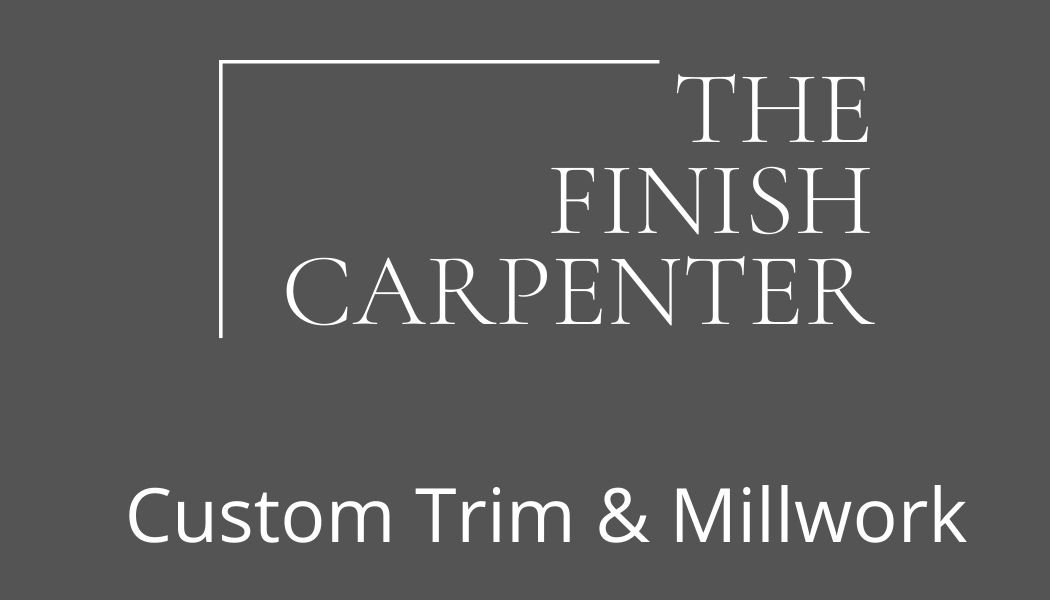Shiplap vs. Drywall Ceiling: Which One Is Better for Your Home?
When it comes to ceiling finishes, most homeowners automatically think of drywall. It's clean, smooth, and standard in modern homes. But lately, shiplap ceilings have been gaining popularity for their unique style and character. So, which one is better—shiplap or drywall?
Let’s break it down so you can choose what’s right for your home and renovation goals.
🎯 What Is a Shiplap Ceiling?
Shiplap is a type of wood paneling traditionally used in exterior siding, but it has found new life indoors—especially on ceilings and feature walls. It consists of long horizontal boards with slight grooves that create clean lines and subtle shadows, giving your ceiling texture and visual interest.
✅ Pros of a Shiplap Ceiling
Unique Visual Appeal
Shiplap instantly adds warmth and personality to a room. Whether you're going for a rustic, coastal, or modern farmhouse look, shiplap brings a custom, high-end feel to your space.Great for Covering Imperfections
Have an old or uneven ceiling? Shiplap can cover it without the hassle of re-drywalling.Durable and Accessible
Compared to drywall, wood or MDF shiplap is more impact-resistant and easier to remove if you need to access wiring or plumbing above.Highly Customizable
You can paint or stain shiplap to match your decor. White-painted shiplap is a popular choice for a clean, timeless ceiling.
❌ Cons of a Shiplap Ceiling
Higher Cost
Shiplap costs more in both materials and labor. It’s considered more of a premium finish.More Time-Intensive Installation
Unlike drywall, which can be installed in sheets, shiplap is installed board by board, which can take more time.Maintenance
The grooves between boards can collect dust, and painted finishes may need occasional touch-ups.Can Lower Visual Height
The texture and shadow lines of shiplap can make ceilings feel slightly lower in rooms with limited height.
✅ Pros of a Drywall Ceiling
Affordable and Efficient
Drywall is the go-to option for most ceilings because it’s cost-effective and quick to install.Smooth and Versatile
A smooth drywall ceiling works in any design style, from traditional to ultra-modern.Easy to Paint and Update
It offers a blank canvas for paint, lighting fixtures, or even adding future ceiling features.Better Fire Resistance
Drywall offers superior fire resistance compared to wood-based materials.
❌ Cons of a Drywall Ceiling
Can Crack Over Time
Especially in older homes or where there’s shifting or settling, drywall can crack and require repairs.Less Personality
While drywall is clean and simple, it lacks the visual charm that a shiplap ceiling can bring.Harder to Access
If you ever need to access the ceiling cavity, cutting into drywall can be messy and will need patching.
🏡 So, Which Ceiling Should You Choose?
Choose Shiplap if you’re looking to make a statement, upgrade an older ceiling, or want a design feature that stands out.
Choose Drywall if you want a clean, modern, cost-effective ceiling that fits in with most home styles.
💡 Final Thoughts
There’s no one-size-fits-all answer to the shiplap vs. drywall debate—it depends on your budget, design goals, and the character you want in your space. If you're planning a ceiling renovation and want to elevate the style of your home, a shiplap ceiling could be the perfect upgrade.
Need help deciding what’s right for your space ? We offer custom ceiling solutions tailored to your home and vision.

